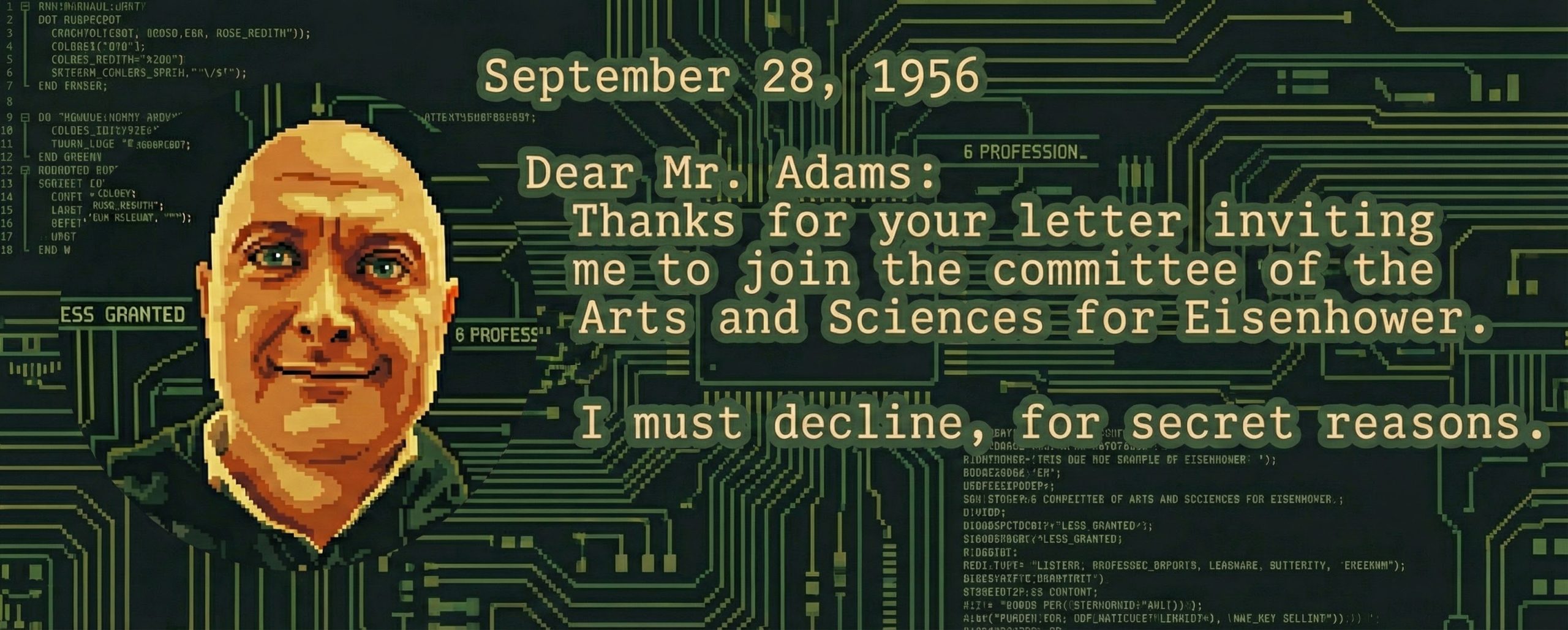Crypto is not dead

Recently, European Central Bank published a blog post that sounded like an obituary to Bitcoin and cryptocurrencies in general. In this short text my goal is to argue the contrary with couple of examples from my Fintech class at EBS Universität für Wirtschaft und Recht.
It is a common misconception that cryptocurrencies and the blockchain networks do not provide a utility to a society, are used just for illegal payments and since they do not produce a cashflow, their value should be zero or even negative. I believe that these are mostly misconceptions based on the lack of understanding. I believe that a more fair representation of a cryptocurrency is as a measure of value used on a large and provenly robust distributed computer where memory is kept in sync across continents and has almost no barrier of entry with very advanced cryptography functions where clearing and settlement is almost instantaneous and double spending is not possible.
Such a distributed computer allowed 5th semester Business School students in my Fintech class – not computer scientists – to develop working prototypes of highly scalable apps to solve the following three problems (in no particular order):

1.NFT based system for verification of authenticity of University issued degrees while considering importance of privacy. This is a problem I myself face a lot when I am approached by students to write them recommendation letters, and any company is facing when screening job candidates. Students send me their grade transcripts. However verifying if these grades have been photoshopped turns out to be impossible. Due to strict privacy laws verifying someone’s transcript tends to be almost impossible. The solution that students developed and presented in the class would allow University to safely provide checks of authenticity of degrees at almost no cost in the form of NFTs, while only parties to whom these NFTs have been sent to, could access and verify transcripts.

2. EBS Coin – a currency for tracking student engagement. At our university student engagement is used as one of the components for ranking students for their semester abroad exchanges. The system used is complex and awards so called PACE points to students for the work invested in student run initiatives. Student organization has a hierarchy and these points are distributed in a complex way to account for various types of service and are hierarchical approved and checked. Ledgers of these PACE points are been kept in various excel files which created many issues – from data getting lost to attempts of cheating and double counting. Students developed an ERC20 coin and accompanying smart contracts with hierarchical cryptographic signatures that are able to reflect complex mechanisms and dynamics present in the PACE point system, while keeping it secure and immutable.

3. Cryptographically secured voting software without double counting. Rich cryptographic functionalities and secure digital signatures embedded in the blockchain when paired with the resilience of blockchain to double spending allow for easy and very quick implementations of secure voting mechanisms on very large scales. In elections where such implementation would be used, verifiability, anonymity, cryptographic security and almost real time counting have been implemented.
These three working prototypes were developed by Business School students in about three weeks. The nature of the blockchains used immediately means that they are highly scalable, have predictable and low costs of operation and are cryptographically very secure. In all these three cases cryptocurrencies are just a currency for payment of services to all those people maintaining a network and keeping it safe from double spending and other types of attacks. Do then those cryptocurrencies provide a utility to society? Potentially a large one. This is not an investment advice or prediction of future crypto prices. But this is a call for questioning the obituary that the big regulator published. I believe that we should ask ourselves the following question:
If these three prototypes were developed by a small group of Business School students in just three weeks, what our societies could do with this technology till the year of 2050?
P.S.

I have to diverge into an unrelated topic, so that other of mine student groups would not feel non appreciated. In the same class two other student groups worked on Machine Learning projects. One group developed a machine learning model for predicting Covid outcomes and another group built a machine learning model for predicting corporate default. In both of the cases the results have been impressive by any measure. Students did a great job in cleaning the data, using SMOTE to balance their sample, tuned ML hyper parameters and obtained impressive out of sample performance of their models.

I have been teaching this course now for about five years. And always we have an in-class competition in building a machine learning model for predicting who will survive Titanic crash using a famous Titanic dataset from one of the Kaggle competitions. This is the first year where one student, with a very simple model managed to get a perfect prediction model. And if the competition would have been open, he would have won.
